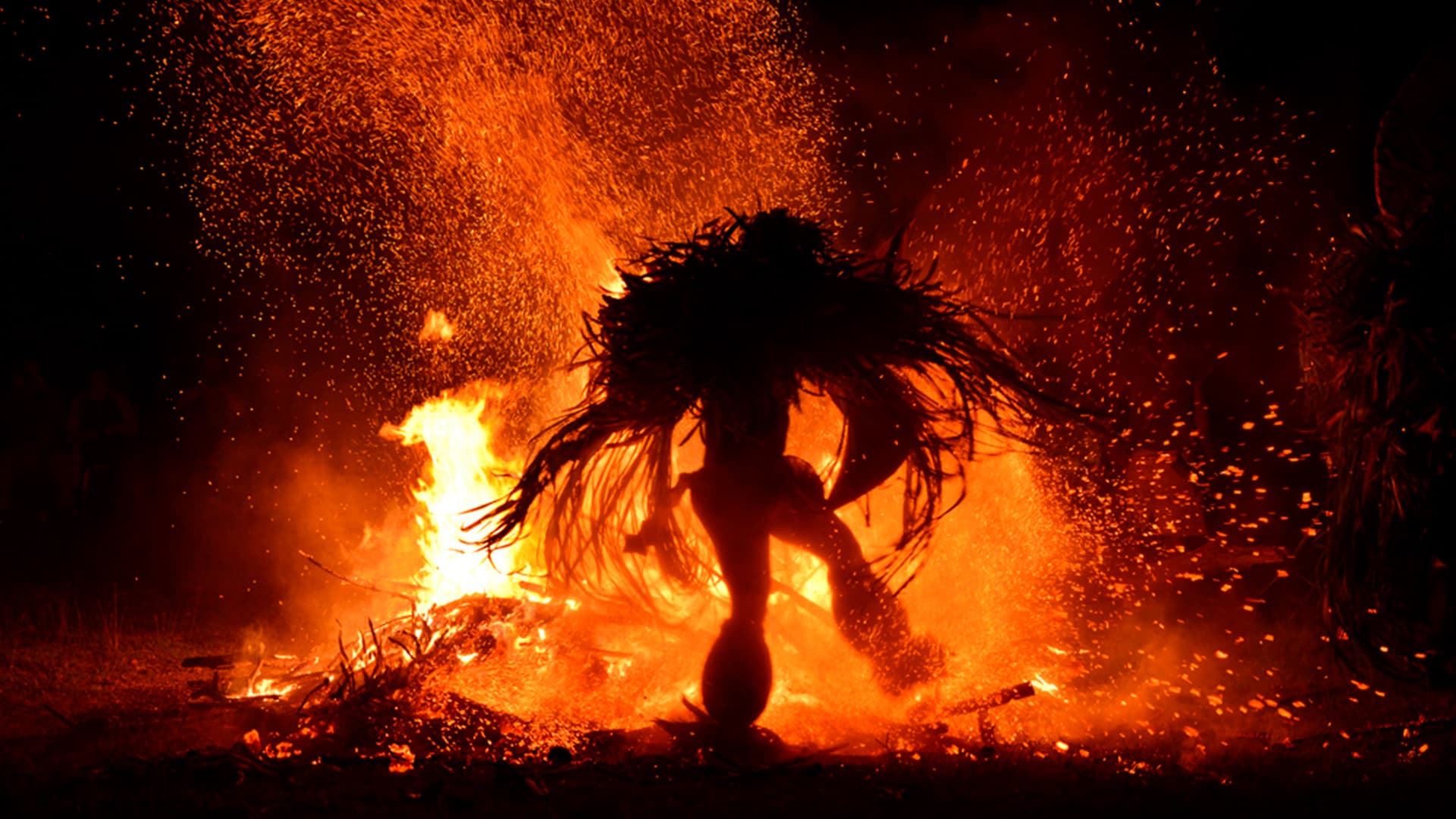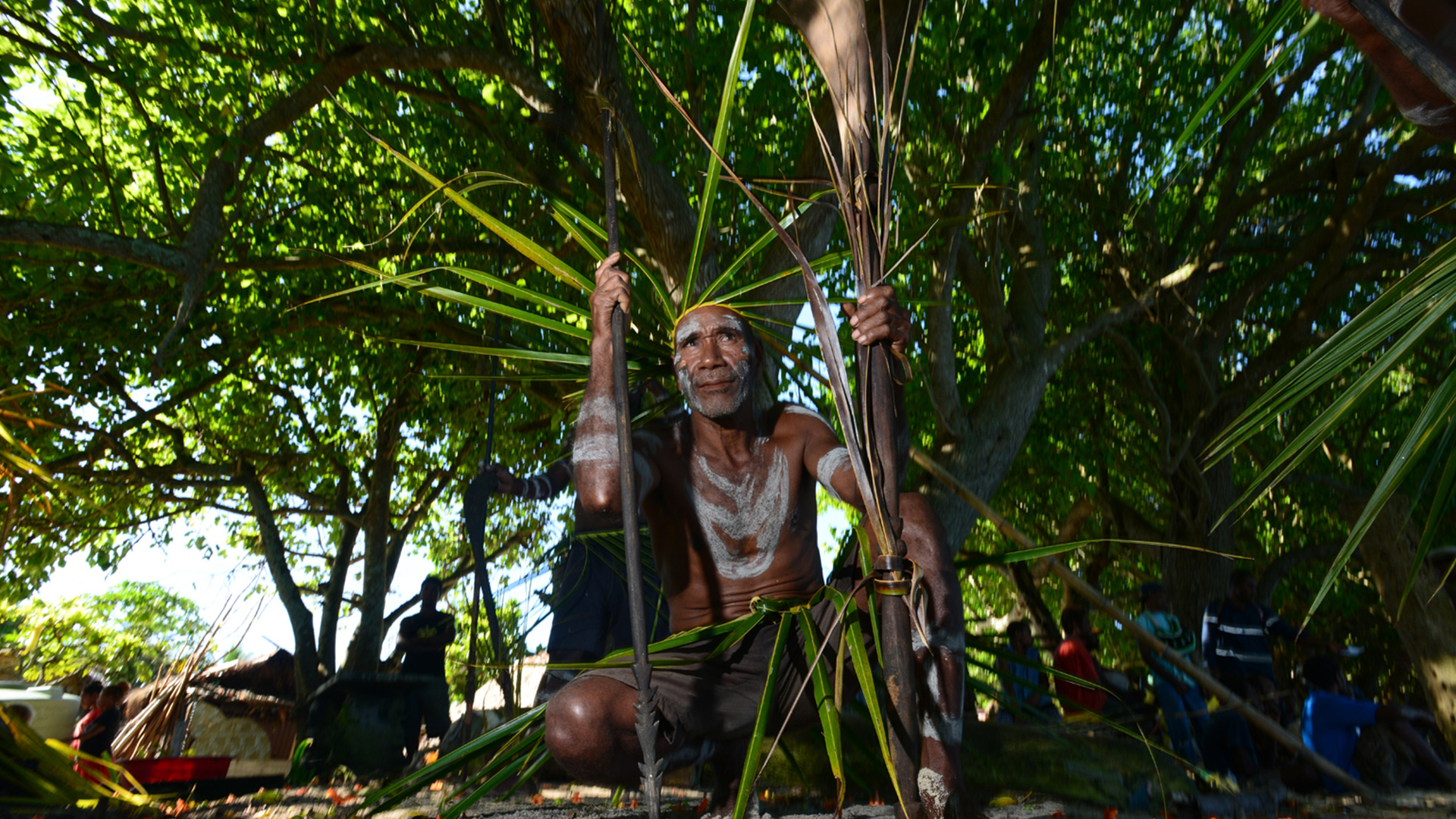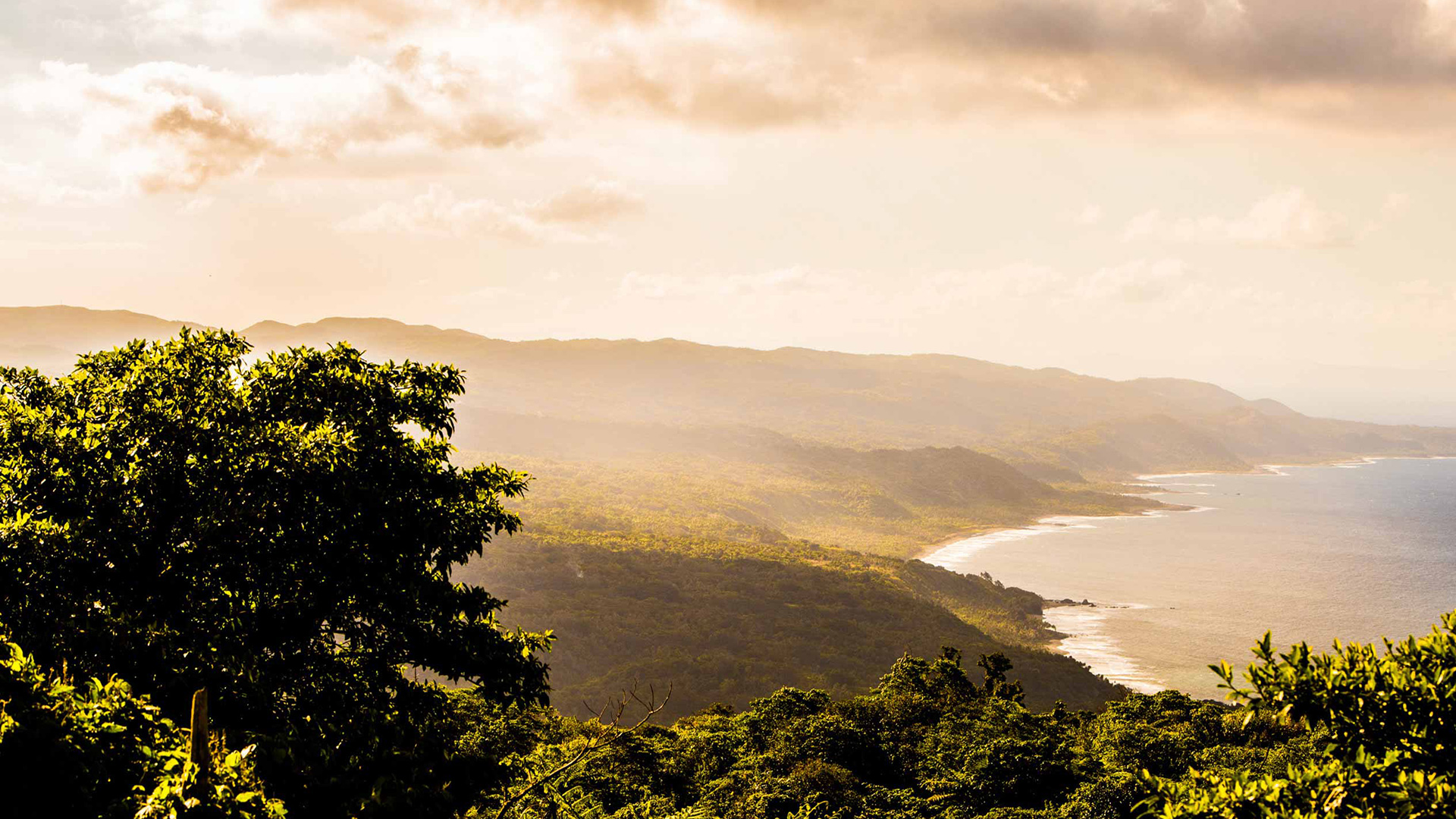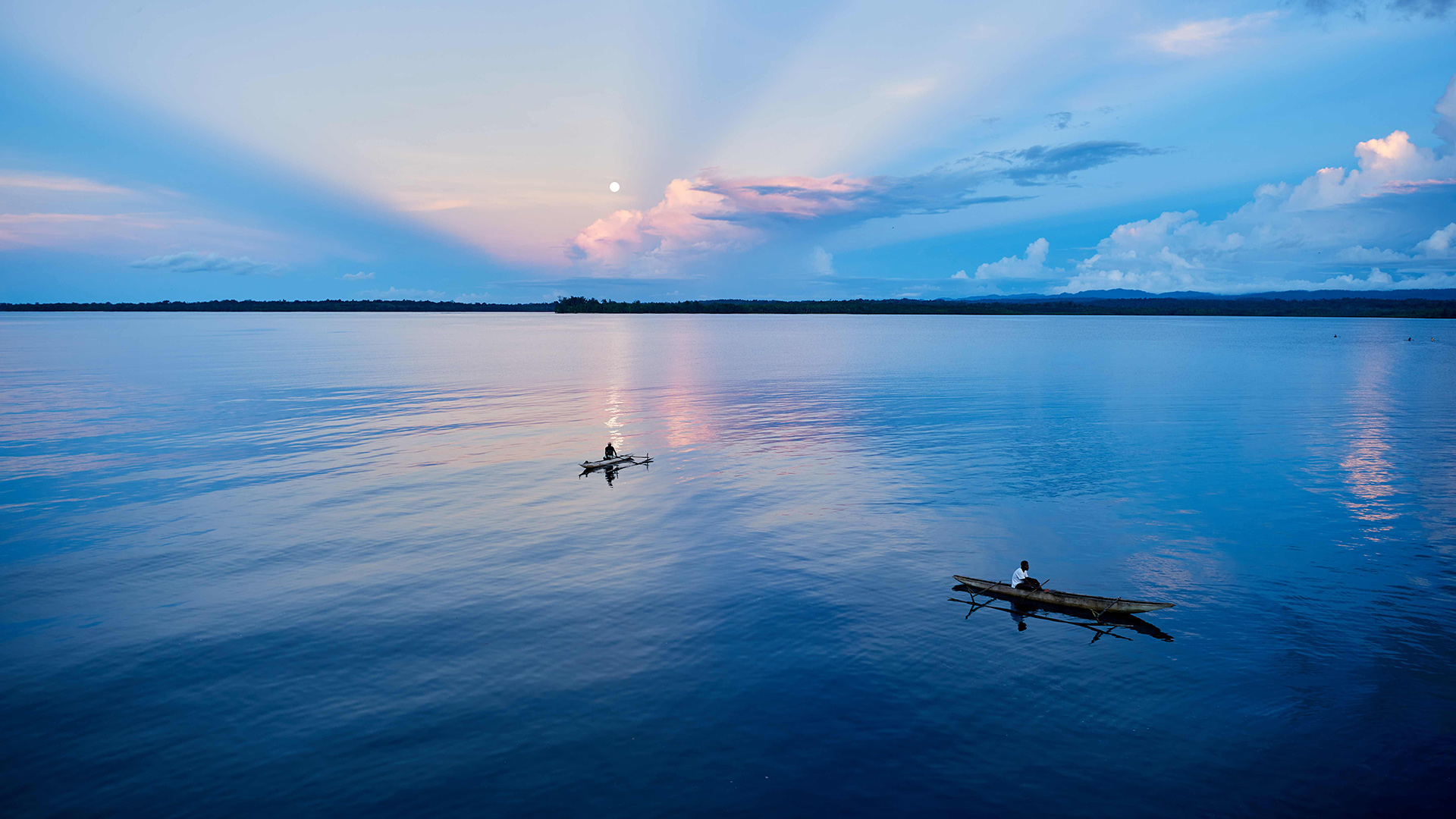With an estimated 5,000 clans and over 850 languages, Papua New Guinea is one of the most culturally diverse destinations in the world. The resulting kaleidoscope of forms in art, dance, weaponry, costumes, singing, music, architecture places the island nation among the best destinations to explore and share culture.
Papua New Guinea is the most anthropologically diverse nation on Earth. This single Pacific nation is home to thousands of tribes and clans, each with its own specific practices and beliefs, that all contribute to the fascinating tapestry of cultural heritage.
This cultural hotspot is home to a third of the world’s languages, with over 850 different languages in active use in this most diverse of Melanesian nations. Some of these date back as far as the first human settlers over 40,000 years ago and have evolved and diversified through time. Others, such as Tok Pissin, are newer hybrids and ‘lingua franca’ that have arisen in more modern times.
A similar kaleidoscope of cultural diversity extends into every other aspect of daily life, from wood carving to ‘singsing’ (dance) to the vibrant headdress and face painting. From the communities of the coastal fringe to the complex tribal societies of the Highlands, from the artistic traditions of the Sepik River region to the island cultures of the Trobriand Islands and the Bismarck Archipelago, Papua New Guinea offers a unique and fascinating glimpse into the rich diversity of human expression.
Within these broad generalizations of the cultural groups of Papua New Guinea, there is a virtually endless complexity that can only be truly experienced by visiting the nation and its people for yourself.
Highlands Culture
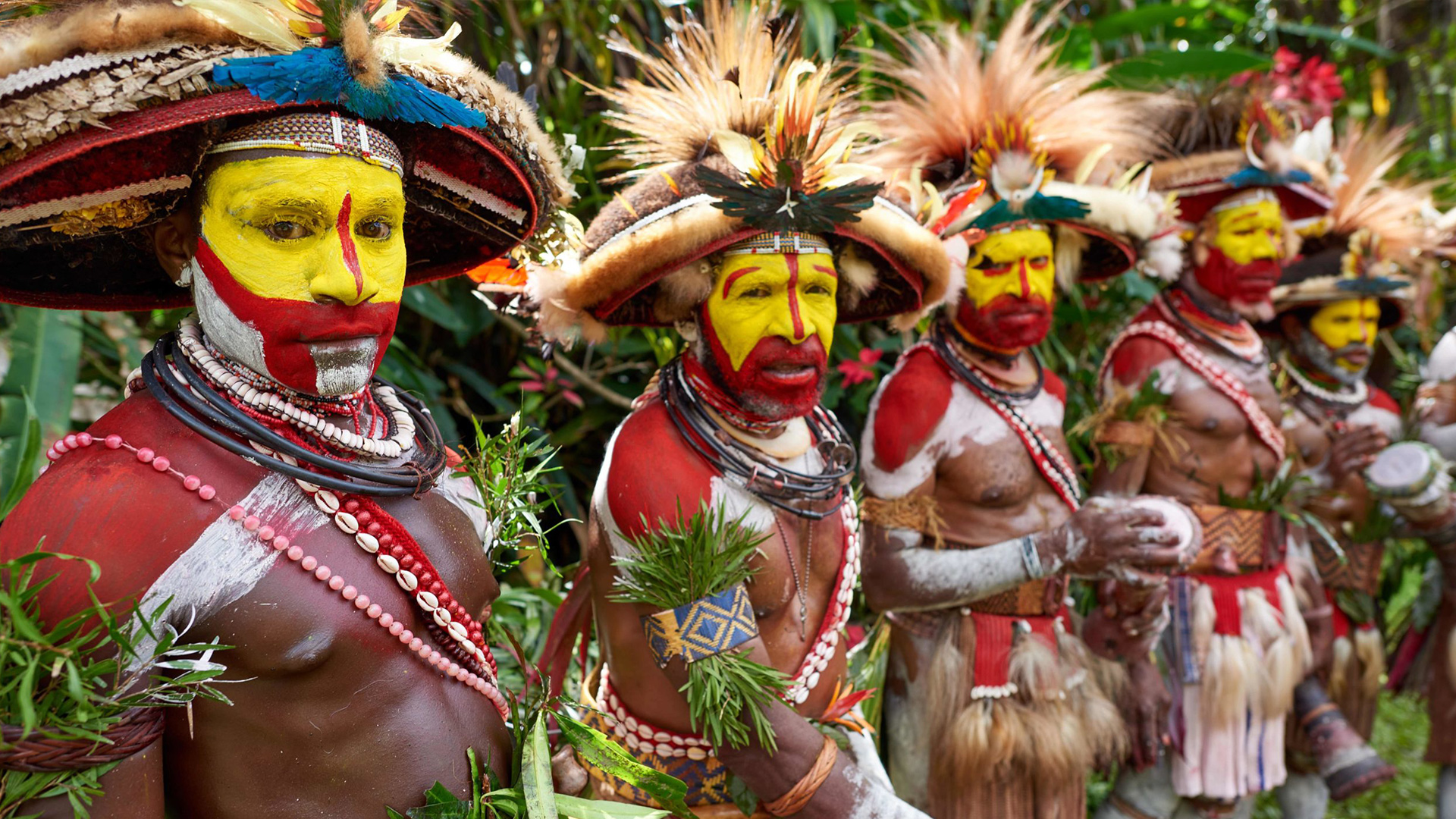
In 1935, three Australian brothers ventured into the highlands of Papua New Guinea, discovering a population of over 1 million people who had no knowledge of the outside world. Today, Papua New Guinea’s Highlanders comprise a number of different tribes scattered across a high plateau surrounded by rugged mountains. The people of the Highlands are known for their elaborate traditional dress, intricate face paint, and impressive displays of wealth and power. They remain fiercely proud, friendly communities each with their distinct and unique cultural traditions. One such tradition is the sing-sing, a gathering to share and celebrate via song, dance, and music.
Sepik Culture
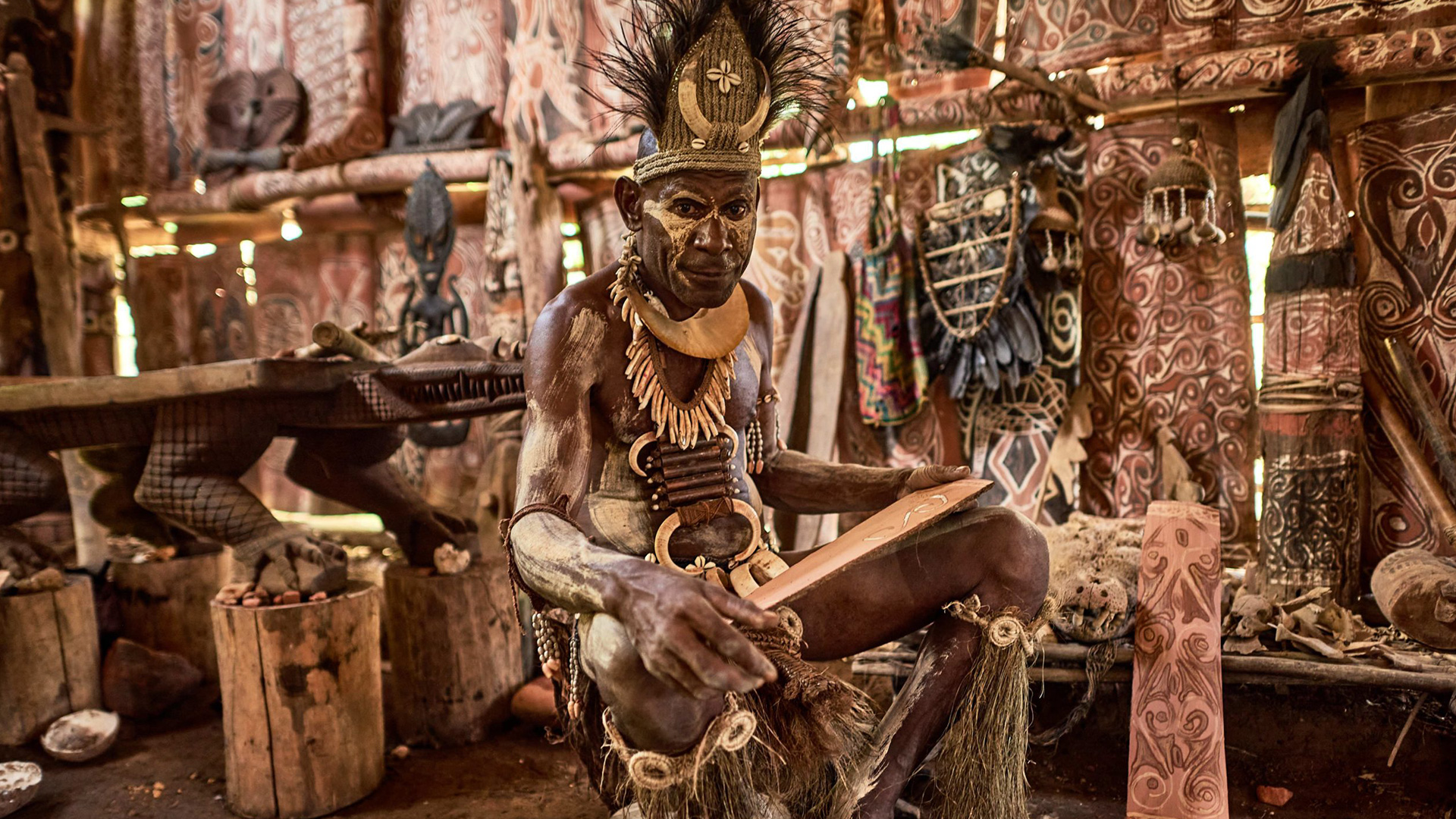
The Sepik River is the largest unpolluted river on the planet and is the lifeblood for those who call the region home. Providing food, medicine, building materials, spiritual center and transport, the Sepik sustains the region’s incredible biodiversity as well as a distinctive diversity of cultures, languages and communities. The wildlife of the river, including crocodiles, birds, and fish, features prominently in Sepik art and mythology. The people of the region are also renowned for their intricate carvings, masks, and sculptures, which are often used in elaborate ceremonial rituals.
Coastal & Island Culture
![header-Tropical_Oceania_Melanesia_PapuaNewGuinea_©ReeveJolliffeEYOS©_{SuRi}_culture()____20190716_173707_610_[6013x4014]_5.6MB](https://www.eyos-expeditions.com/wp-content/uploads/2023/07/header-Tropical_Oceania_Melanesia_PapuaNewGuinea_©ReeveJolliffeEYOS©_SuRi_culture____20190716_173707_610_6013x4014_5.6MB-1.jpg)
The coastal and island regions have unique cultural practices centered on the ocean which is the center of everyday life. These subsistence fishing communities have mastered the art of seafaring and navigation and have traded inter-island and even internationally for millennia. Their artistic traditions often exhibit influences from neighboring island cultures. The people of the Trobriand Islands, for example, are known for their elaborate system of exchange and gift-giving, which has been the subject of much anthropological study. The people of the Manus Islands, on the other hand, are known for their intricate wood carving, shell jewelry, and elaborate dance performances.
